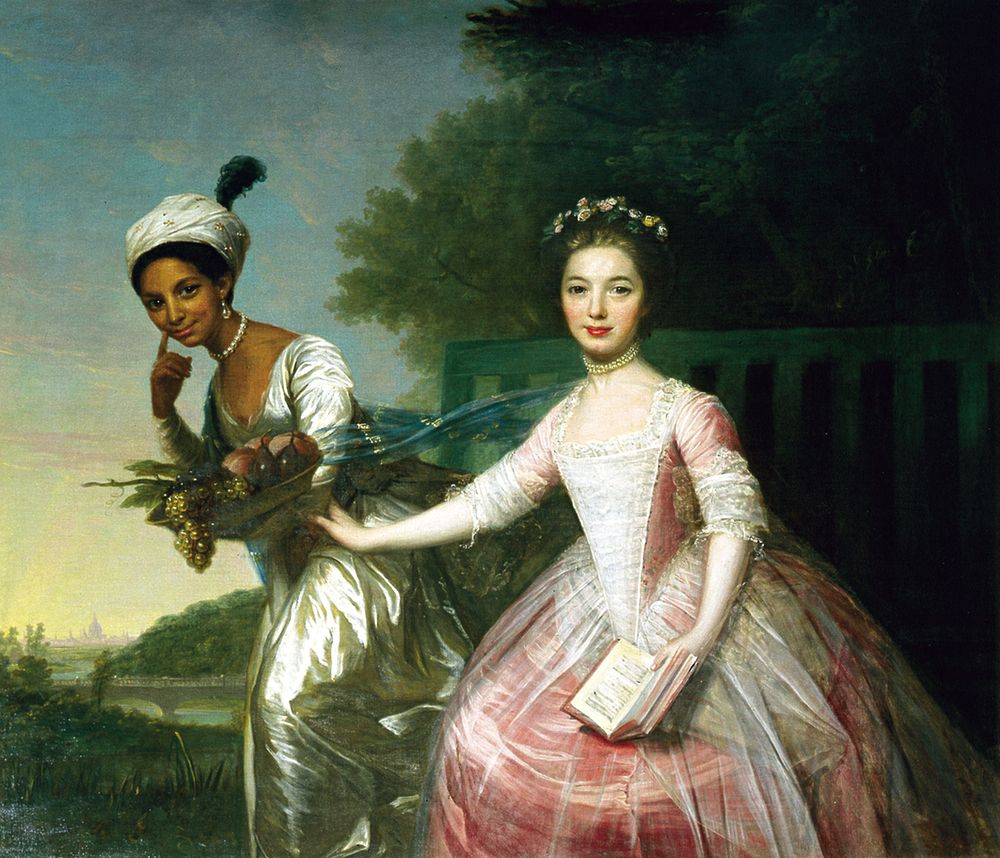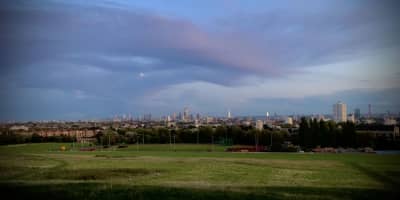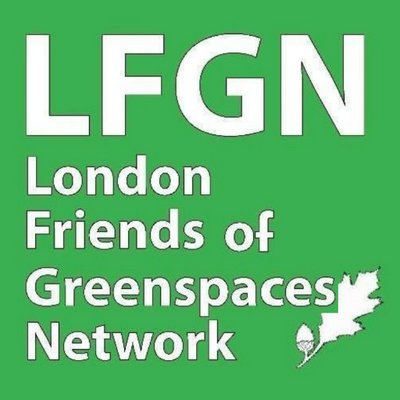The toppling of the statue of Edward Colston in Bristol's docklands proves that history is not just for academics. For many, some aspects of the past are still being felt and remain a festering wound.
Right in the centre of the World Heritage site that is Victoria Tower Gardens alongside the Palace of Westminster sits the Buxton Memorial Fountain. It's gothic shapes and bright colours a constant reminder for politicians of the atrocities of slavery, supported and partially financed by the UK government of the time.

It was originally installed on the edge of Parliament Square in 1865 by Charles Buxton to commemorate his father, the MP and anti-slavery campaigner Thomas Foxwell Buxton, who established the British and Foreign Anti-Slavery Society to abolish slavery throughout the world.
It's a grade II listed, octagonal pavillion containing four drinking fountain bowls around a central pillar. Built of granite and limestone with ornate carvings and ironwork. Two plaques inform readers:
'Erected in 1835 by Charles Buxton M.P. in commemoration of the emancipation of slaves 1834 and in memory of his father Sir T. Fowell Buxton and those associated with him. Wilberforce, Clarkson, Macaulay, Brougham, Dr Lushington and others'.
This plaque commemorates the 150th anniversary of The Anti-Slavery Society 1839-1989'.
William Wilberforce drove the 1807 Act through Parliament, Thomas Clarkson gathered much of the evidence behind the campaign. Zachary Macaulay was Governor of Sierra Leone; the colony established for freed slaves, Henry Brougham was an MP and lawyer from Edinburgh and Dr Stephen Lushington stopped the transfer of slaves between British colonies. Wilberforce named Buxton his successor in the fight against slavery. Buxton was especially active in the second part of the campaign, culminating in the Act of 1833, and in promoting the interests of former slaves in subsequent years.
Edward Colston was born and buried in Bristol but lived most of his life in London, living in Old Cromwell House in Richmond. The house is long gone, but the site alongside the Thames now forms part of an old brewery.
A statue of West Indian merchant and slaver, Robert Milligan, was removed from its plinth outside the Museum of London Docklands in West India Docks. The Museum has a large section on Britain's role in the slave trade and its abolition. The statues fate remains uncertain, as do monuments to others associated with the slave trade.
Hampstead's Kenwood House is another location shedding a different light on British society at the height of the slave trade. It is home to an eighteenth century painting of the nieces of William and Elizabeth Murray, the Earl and Countess of Mansfield.

The painting shows Lady Dido Belle and Lady Elizabeth Murray (yes, another Elizabeth). They were raised as equals but while Elizabeth was an orphan, Dido was the illegitimate daughter of Sir John Lindsay, Nephew of William Murray and Captain of the British warship HMS Trent. He had supposedly rescued Dido's Mother, a black slave, from a Spanish ship. Dido was raised as a member of the family and managed part of the estate, as well as acting as unofficial secretary for her Guardian in some of his business dealings.
London's parks, squares and gardens are full of history. Some of it positive, some less so. The Buxton memorial was built as a beacon of hope and a symbol of inclusivity. The COVID-19 outbreak proved how quickly society can adapt. It also revealed deep social inconsistencies, laid bare by the higher number of deaths among BAME Londoners compared with white Londoners.
Our parks and public greenspaces have provided welcoming and inclusive spaces during a difficult time. A reality which surely formed part of Charles Buxton's dreams.
If you'd like to find out more about historic slavery in Britain, or perhaps share your family stories, you can contact the Centre for the Study of the Legacies of British Slave-ownership at UCL.




